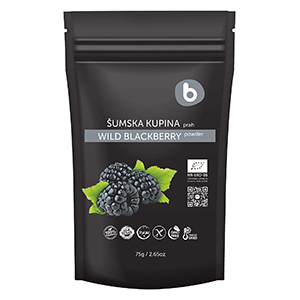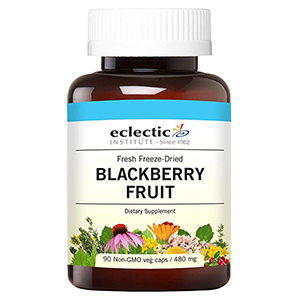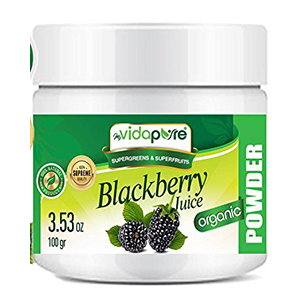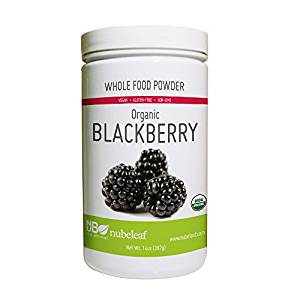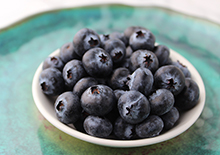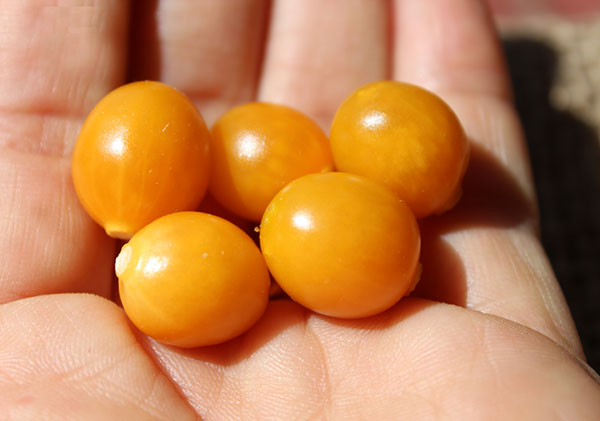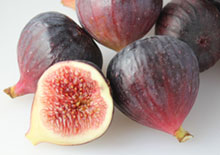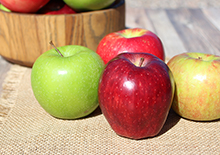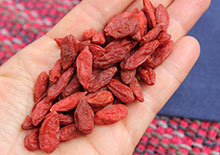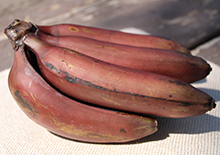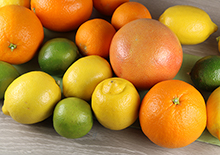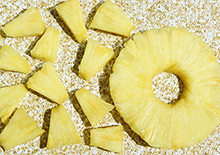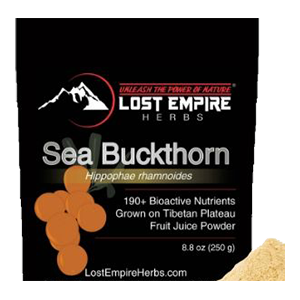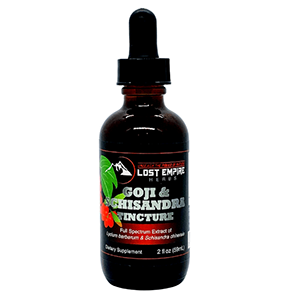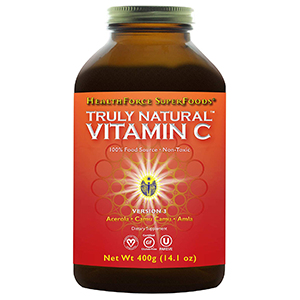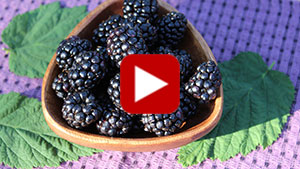- Home
- Super Fruits
- Health Benefits of Blackberries
Health Benefits of Blackberries, Top Reasons to Eat Them
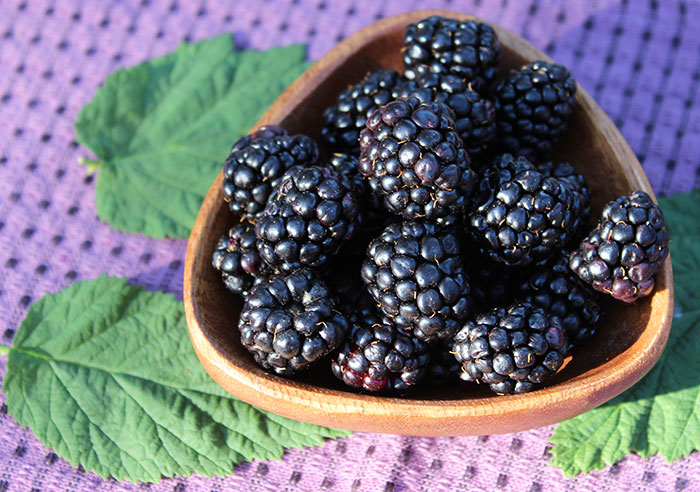
Blackberries are an edible fruit that come from the rose family Rosaceae as their thorny vines and prickly green leaves might indicate.
Blackberry plants belong to the genus Rubus, a varied assortment of flowering plants the most widely dispersed of which include blackberries, raspberries and dewberries.
The fruit is, botanically speaking, not an actual "berry", but is an aggregate species composed of a cluster of tiny round drupelets each which form the entire berry itself.
The berries, usually a dark purple-black color with a reddish-purple juice, are produced from its white to pale pink blossoms. The pollinated flowers will develop berries that turn green, red and then a ripe, plump, sweet and juicy deep purple in the heat of late summer or fall season.
We are especially familiar with the wild California blackberry (Rubus ursinus), which have naturalized throughout the Pacific Northwest and are particularly prolific in the Sierra Nevada foothills, often found growing in meadows and forested locations near wild grapevines.
Wild blackberries are a food source of the black bear and other wildlife. The etymology of the term Rubus ursinus actually comes from Rubus which means "bramble" and ursinus which comes from ursus meaning "bear".
Adapting well to poor soils, the vines grow fast and vigorously and will eventually create dense thickets that can take over entire hillsides. Their arching woody vines, also called "canes", often interweave forming what is commonly referred to as a "bramble" or specifically a "blackberry bramble".
Blackberries, like the Rubus armeniacus or the Himalayan blackberry, are sometimes considered an invasive species for this reason. (*)
There are over 375 species of blackberries as well as many cultivars like the loganberry, marionberry and boysenberry. These varieties are hybrids derived from different combinations of several main Rubus parent species such as Rubus allegheniensi, referred to as “common blackberry", and Rubus fruticosus prevalent in Europe.
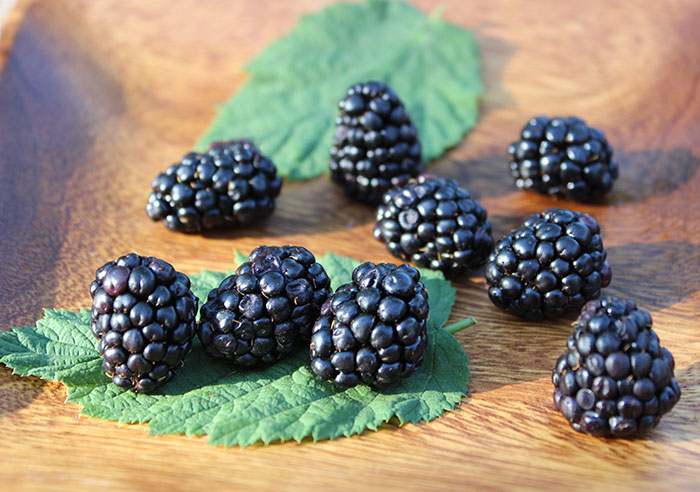
Blackberry History and Folk Uses
One of the earliest accounts of human consumption of blackberries in Europe comes from the stomach remains of the famous "Haraldskær Woman" (*), whose body was preserved within a bog in Denmark and dates back to the pre-Roman Iron Age.
Blackberries also grow wild throughout many other European locations, where they have a long history and use as a common edible fruit. Harvesting wild blackberries, as well as other Rubus species, is often referred to as "brambling" in the British Isles, especially parts of England where it is a traditional popular pastime activity.
The wild foraged berries are well-known for their use in the age-old practice of making blackberry wine, vinegar and cordials.
English botanist John Gerard lists species of the genus Rubus, or the "bramble bush", in his famous book, "The Herbal or General History of Plants". He and other herbalists considered the fruit a valuable astringent and claimed it "stopped looseness of the bowels" and "soreness in mouth and throat."
Like other wild edible berries, such as the related thimbleberry (Rubus parviflorus), blackberries were commonly utilized by indigenous peoples. Some sources claim that they were typically consumed fresh but sometimes dried for later use or prepared as a blackberry tea. According to the book "Tending the Wild", Native Americans like the Yokuts of Central California, would skillfully use hooked branches to move aside thorny vines to gain access to a greater abundance of berries. Some reports specify the gathering of fifty pounds in one day.
Blackberry leaves and roots, high in astringent tannins, have likewise been valued in herbal preparations for bowel issues like diarrhea and dysentery. Wild blackberry roots were also boiled by indigenous peoples like the Cahuilla to make a tea which was consumed for mild cases of diarrhea.
Here on this page, we will discuss the top health benefits of blackberries and why you might want to occasionally include them in your diet, especially when in season.
Top Nutritional Health Benefits of Blackberries
1) Blackberry Anitoxidants and Source of Anthocyanins
2) Vitamin C and Other Nutritional Components
1) Blackberry Antioxidants and Source of Anthocyanins
Blackberries are known sources of antioxidants such as zeaxanthin, lutein, tannins, quercetin and kaempferol as well as phelonic acids including salicylic acid, gallic acid, and ellagic acid. Berries, like the blackberry, are also a top food source of catechins, also found in matcha, pomegranates and cacao.
However, one of the major compounds present in dark purple colored blackberries is their anthocyanin content. These are water soluble red-purple plant pigments that can act as both antioxidants and anti-inflammatory agents. (*)
In 2019 reports, the cyanidin-3-O-glucoside compound (also called chrysanthemin) is the major type of anthocyanin found in the fruit of the blackberry species. Cyanidin-3-O-glucoside is estimated in some research to make up approximately 80% of berry extracts along with cyanidin-3-rutinoside and minor percentages of other cyanidins.
Chrysanthemin (cyanidin-3-O-glucoside) is also present in other fruits and superfruit varieties like acai, elderberry, black raspberry, cranberry, black currant, bilberry, maqui and purple grapes.
Nutritional quality and the quantity of anthocyanin can vary depending on maturity and ripeness of the fruit. It is our opinion that freshly harvested berries can possibly contain a higher amount of these nutrients.
According to earlier research published in the Journal of Agricultural and Food Chemistry, of the many cultivars tested, the Marion variety which is predominantly derived from the wild Rubus ursinus species had the highest total anthocyanin content (ACY).
Potential Antioxidant and Anti-Inflammatory Influence
Blackberries, as an anthocyanin and polyphenol rich food, as mentioned can help to provide a protective antioxidative and anti-inflammatory influence.
Neuroprotective Support
In some studies, these components have been shown to offer neuroprotective support. (*) In one study, wild blackberry species were found to be more effective in such instances than a commercial variety.
Gastric Inflammation
In other research the ellagitannins in Rubus berries were identified to be helpful in reducing the risk of gastric inflammation.
Gout
In folk remedies, blackberries were often called "gout berries" as they were considered useful for reducing uric acid levels helpful for conditions like gout, a form of inflammatory arthritis causing swelling of joints especially at the base of the big toe.
Eye Health
Consumption of blackberry antioxidants like the carotenoids lutein and zeaxanthin as well as anthocyanin are nutrients associated with reducing risk of eye-related diseases such as macular degeneration. (*)
Of course, we advise consuming blackberries in tandem with health promoting diet and lifestyle practices as a preventative approach to chronic health issues.
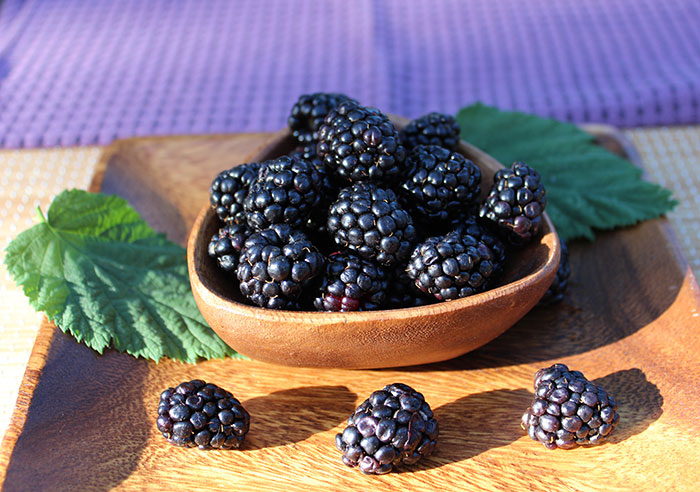
2) Vitamin C and Other Nutritional Components
Wild blackberries as well as cultivated varieties are a source of some vitamins and minerals. A two-ounce bowl of raw blackberries (or 8 berries), a typical serving size, can supply high amounts of vitamin K and manganese as well as trace amounts of other nutrients.
They are, however, particularly known for their high vitamin C content and can be a tasty fruit selection to add to the diet to increase daily uptake. A two-ounce serving of blackberries offers about 11.8 mg of vitamin C or 20% the Daily Value (based on a 2,000 calorie diet).
Raw Blackberries - Two Ounces
Vitamin C - 11.8 mg 20% DV
Vitamin K - 11 mcg, 14% DV
Manganese - 0.4 mg 18% DV
Most minerals (about 4% DV)
Folate and Vitamin E (about 4% DV)
Vitamin C is an essential nutritional supplement for maintaining healthy skin and is a vital cofactor necessary for the formation and structure of collagen. It is also a key nutritional component for proper immune functions, tissue repair, neurotransmission, iron absorption and maintaining the health of cartilage, teeth and bones.
All Rubus blackberry species additionally contain pectin and are good sources of dietary fiber for providing bowel regularity. Unlike raspberries, which have a hollow core, blackberries have a fibrous inner stem, adding to its total soluble and insoluble fiber content. Upon closer inspection, the fruit also has dried remnants or tiny hairs called "styles" which are of course edible and, if anything, help to add to its fibrous nature.
Blackberries tend to have larger seeds which are hard to thoroughly chew and nutritionally absorb. They do help to add bulk, but will usually will pass through the stool undigested.
Blackberries are high in fruit sugars and should be avoided by those on a low-carb or no-sugar dietary protocol. Other low-sugar vitamin C concentrates you may also wish to supplement with include superfruit powders like sea buckthorn, acerola, camu camu, amalaki, and kakadu plum.
For the average diet, blackberries can often be better choices over refined sweet foods and snacks. In addition, wild harvested varieties can be a great way to add that wild spectrum of nutrients that you may not find in store-bought produce.
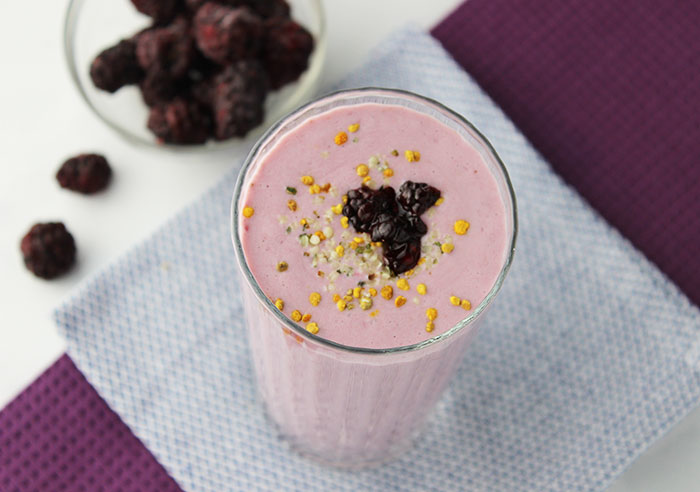
How to Use
For highest nutritional value it is best to eat fresh raw ripe berries. Frozen varieties are a secondary alternative as well as concentrated dried or freeze-dried juice powders for greater convenience.
Blackberries can be consumed alone as the first meal of the day for best digestibility or can be served atop foods like yogurt, used in dessert recipes or blended into fruit-based drinks or smoothies.
They are traditionally used to make conserves like jam and jelly, but heat processing will again reduce nutrient content.
Store-bought berries, as well as freshly harvested berries, will last longer when refrigerated. It is a good idea to keep an eye out for mold growth if you store them for more than 2 days.
We always recommend purchasing organic selections over commercially produced varieties.
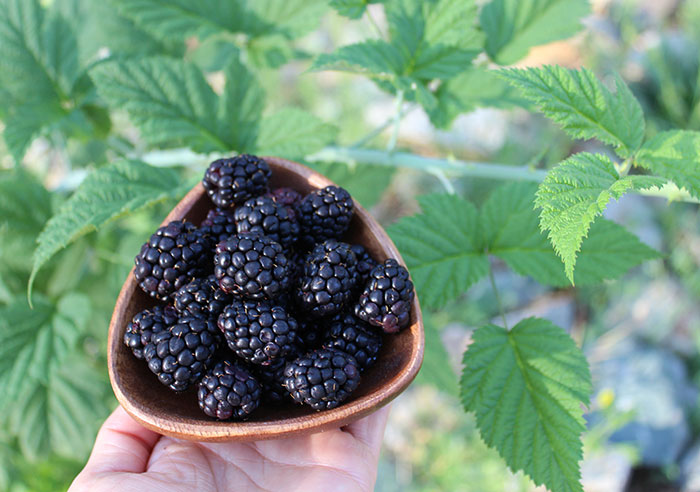
How to Harvest Fresh Berries
There's nothing quite like harvesting your own wild blackberries ripe from the vine. If you happen to live in an environment conductive to their growth, this would be in the late summer or fall season when temperatures are still quite hot.
After positively identifying your blackberry species, select berries that are a dark purplish-black color with a soft yet firm texture. They often have a glossy appearance, but very mature berries can also have a duller look from our experience. These are often better for eating immediately. It is best to avoid berry picking in locations close to roads or industrial complexes.
We recommend using small individual containers to transport and store your berry harvest to avoid crushing them.
Precautions:
For the highest health benefits of blackberries, consume in moderation as excessive amounts may cause acidic conditions. For those with sensitivities to oxalates and/or allergies to berries, salicylates or molds that may contaminate them, it is best to avoid intake. Consult your nutritionist or healthcare provider before adding blackberries to the diet if you have diverticulitis, are pregnant, nursing, taking prescribed medications or have a serious health condition.
Shop Related Products (About Affiliates & Amazon Associate Paid Links)
Affiliate Disclaimer: This section contains affiliate product links. If you make a purchase through our recommended links, we receive a small commission at no additional cost to you. Thanks for the support.
